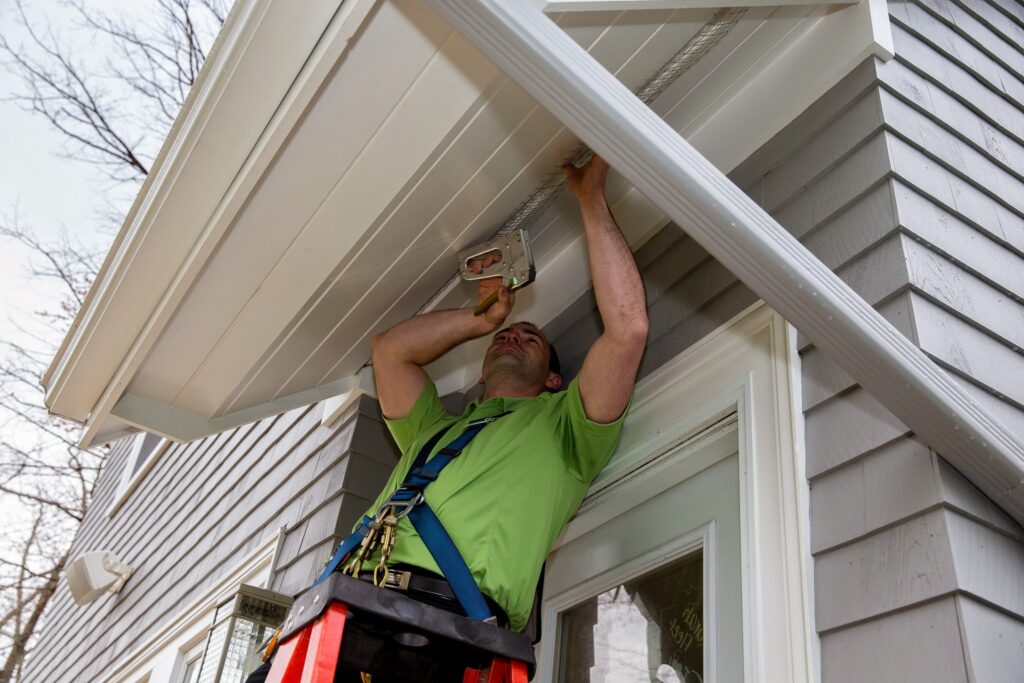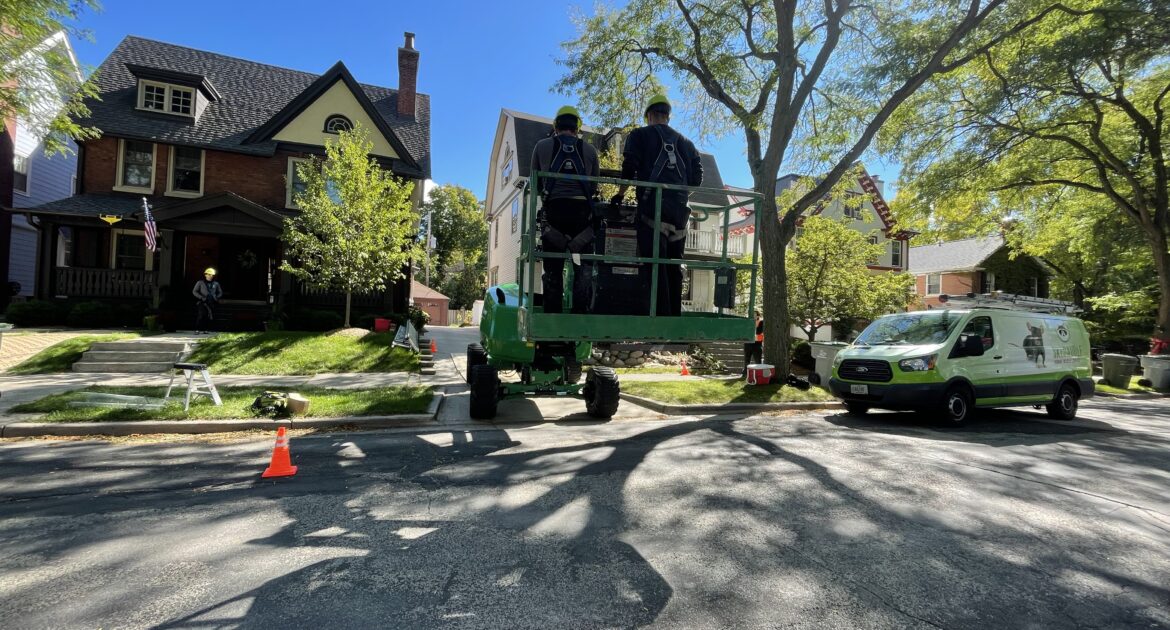Wildlife in your house can put you at risk for diseases and cause serious property damage. Furthermore, if you do not have wildlife removal immediately, the infestation can increase quickly. Here are some reasons why you need wildlife control as well as an overview of how our process works.
Why Is It Important To Have Wildlife Removal?
Wild animals appreciate the warmth and security that your home provides. However, they are afraid of people, so even if they are living in your house, they will try to avoid you. This is fairly easy for many species that are nocturnal, meaning that they are active when you are probably asleep, and vice versa.
Nevertheless, wildlife in your home can cause problems for you even if you never come face-to-face. Here are examples of some animals that frequently get inside human homes and the problems they can cause:
- Mice: Some species of mice carry hantaviruses that can cause severe respiratory illness that often requires hospitalization and could result in death. Mice can also cause property damage by chewing on electrical wires, ceiling beams, etc.
- Raccoons: Raccoons have strong, dextrous paws that they can use to break into your home by exploiting vulnerabilities in the exterior. Raccoons in the attic can flatten insulation batts and chew through electrical wires. They can spread bacteria through their feces and may carry rabies.
- Squirrels: Like mice, squirrels are rodents with front teeth that don’t stop growing and can chew on some of the same things. Squirrels don’t carry hantavirus but can spread bacteria through their feces and can carry parasites.
What Does Wildlife Control From Skedaddle Look Like?

Regardless of the animal you are dealing with, wildlife control from Skedaddle follows three basic steps:
- Assess and Remove
- Clear and Clean
- Prevent and Protect
Let’s focus on the first step to see how it works when dealing with animals such as raccoons or skunks. The first step is to assess the problem: Find out what kind of animal is present, how many there are, and how they got in. Skunks are burrowing creatures, so they usually make dens under structures such as porches and sheds. Raccoons are climbers, so they are more likely to wind up in the attic. This step in the process also involves identifying the entry points.
Wildlife intrusion often involves a mother animal with babies. We don’t remove the mother animal by force unless we have to; instead, we try to startle her so that she leaves on her own. We then search for babies and remove them by hand. This step often requires us to squeeze into tight spaces and crawl around on our hands and knees. We
We take the babies outside and place them in a special heated box for the mother to find. We monitor for several days to make sure the babies are all right and to know when the mother takes them. Raccoons and skunks often have multiple den sites, so once they understand they can’t get back inside, they take the babies somewhere else.
The first step in the process looks a little different for bats. Some species are endangered, and there are laws in place protecting them from harm and preventing people from disturbing them when they are hibernating or raising young. Fortunately, our technicians are trained to determine where bats are in their reproductive cycle.
If the bats are not raising young, we identify their entry points and install one-way doors over them so the bats can get out but can’t get back in. If there are babies present, we have to wait until they are old enough to fly and find food on their own.
Why Should You Not Attempt Wildlife Removal Yourself?
If you attempt to handle a wild animal, it could feel threatened and bite or scratch in self-defence. This could cause you injury or expose you to illness. You could also stir up the animal’s excrement, increasing your risk of inhaling dangerous pathogens. Examples of diseases that you could contract from animal bites or scratches include rabies and tetanus which, though preventable through vaccines, can be deadly if there is no intervention before symptoms develop. Humans contract hantavirus by inhaling aerosolized particles of excrement from infected rodents. There is no vaccine against hantavirus pulmonary syndrome, and the only treatment option is to manage symptoms until it runs its course. This often requires artificial ventilation in a hospital.
Our technicians are trained to handle animals safely and clean up after them without exposing you to disease. Contact us for more information about professional wildlife removal.




